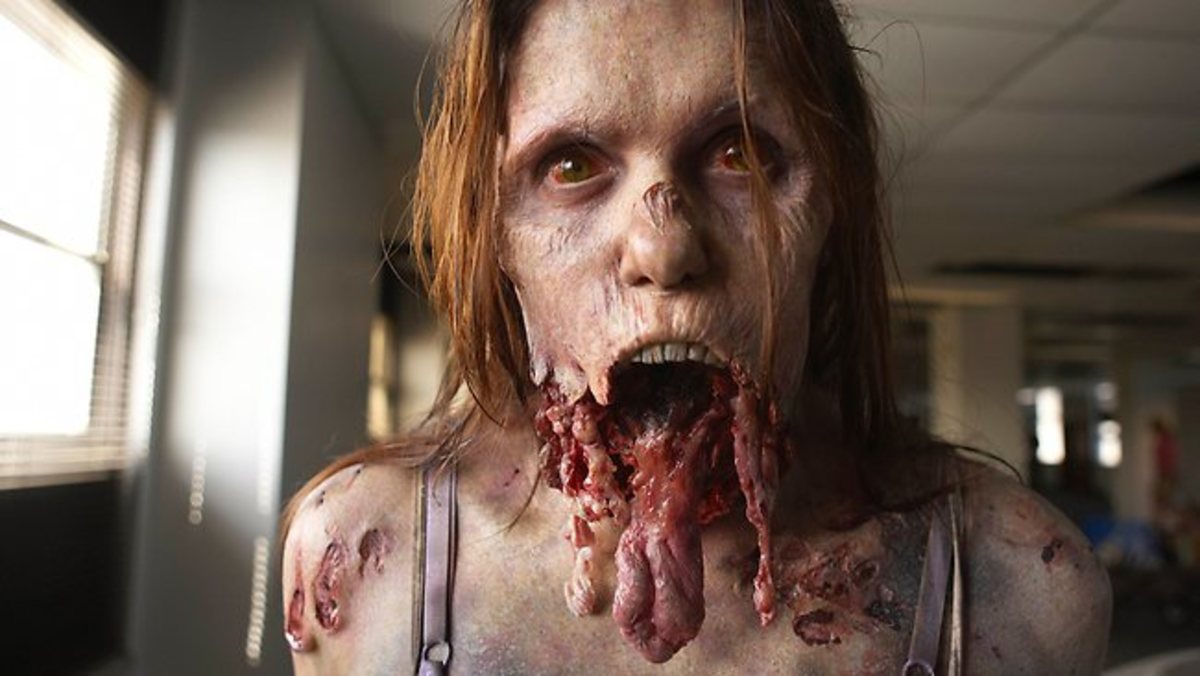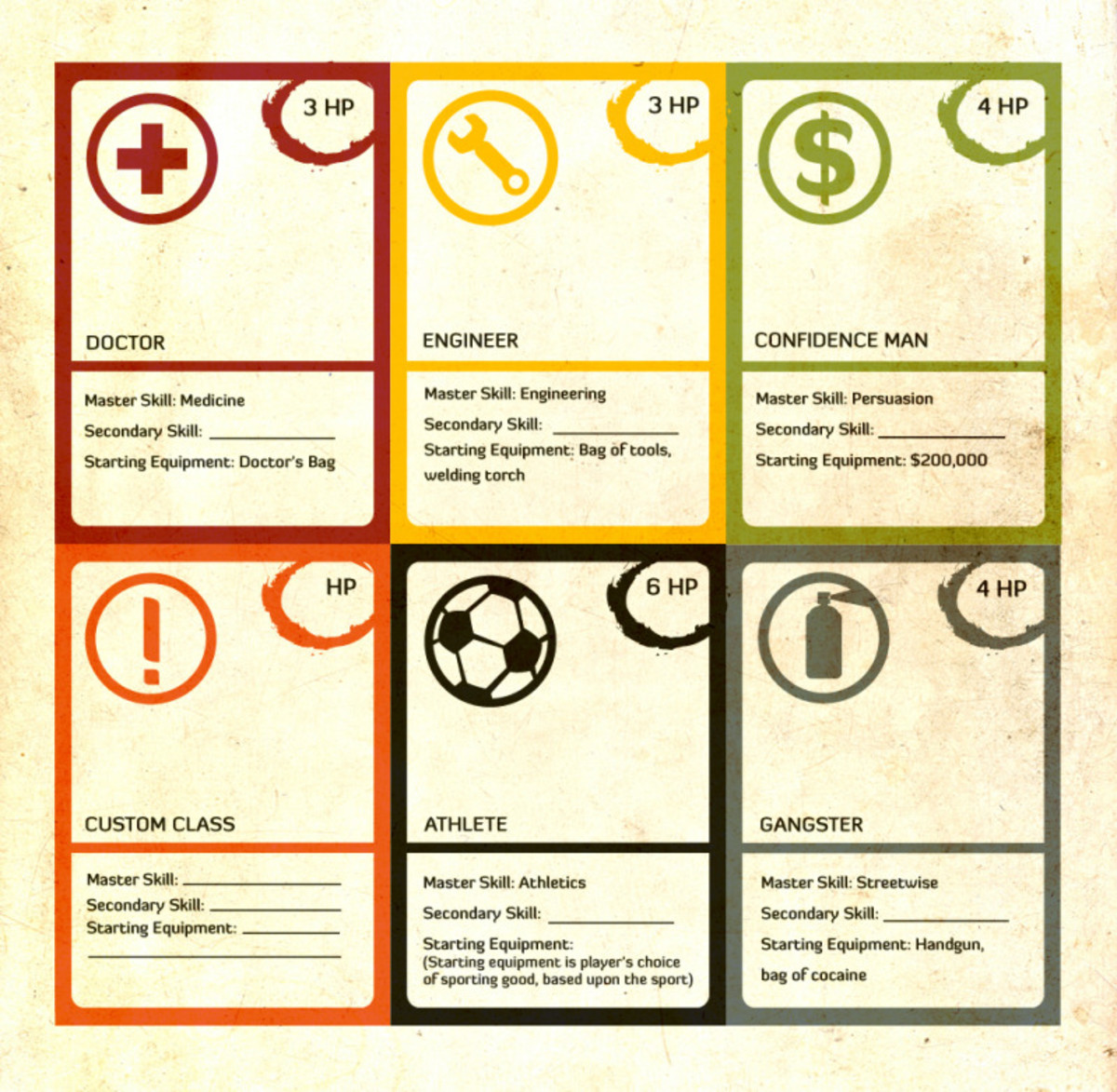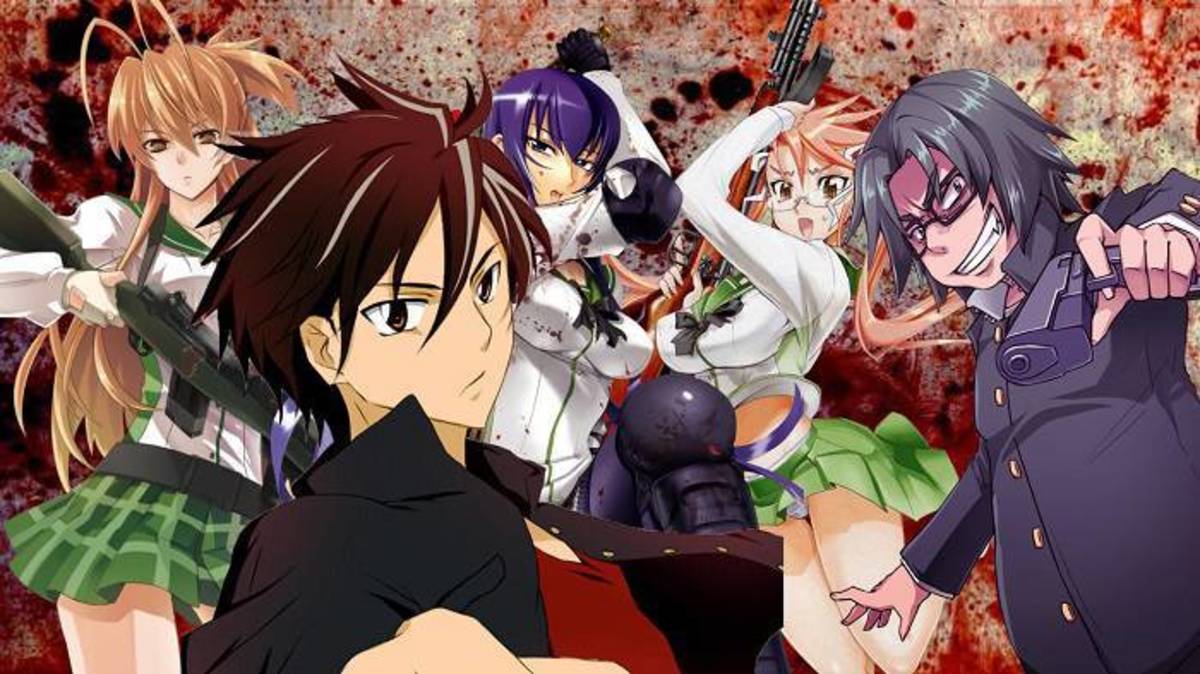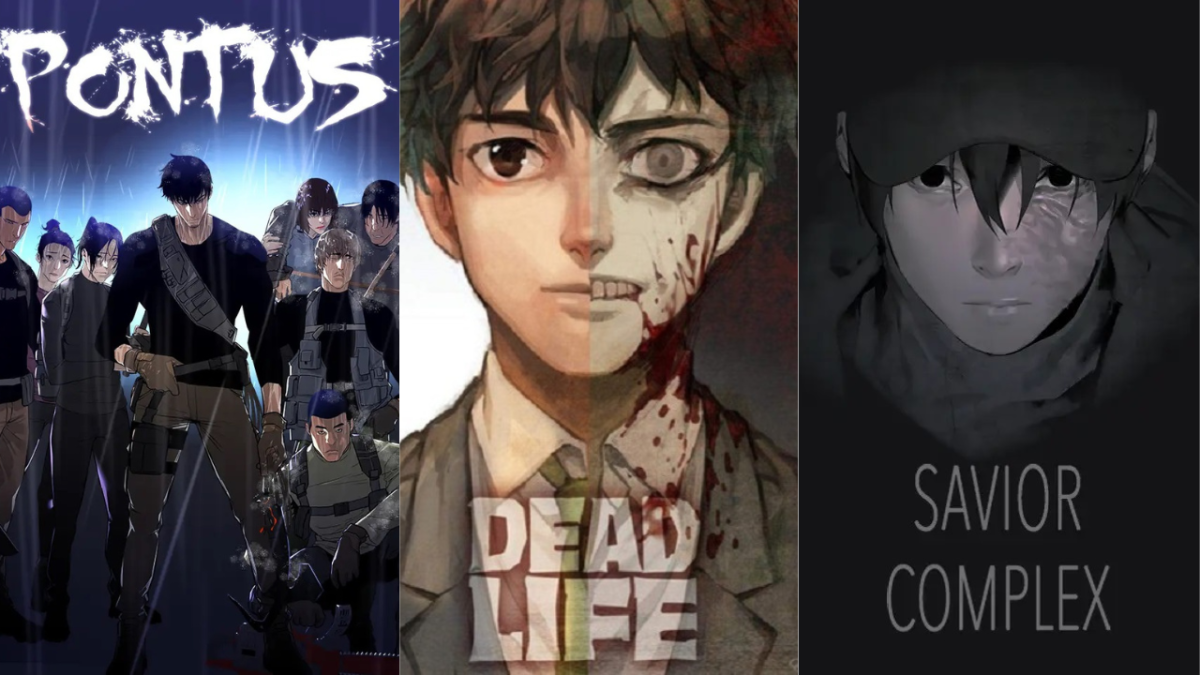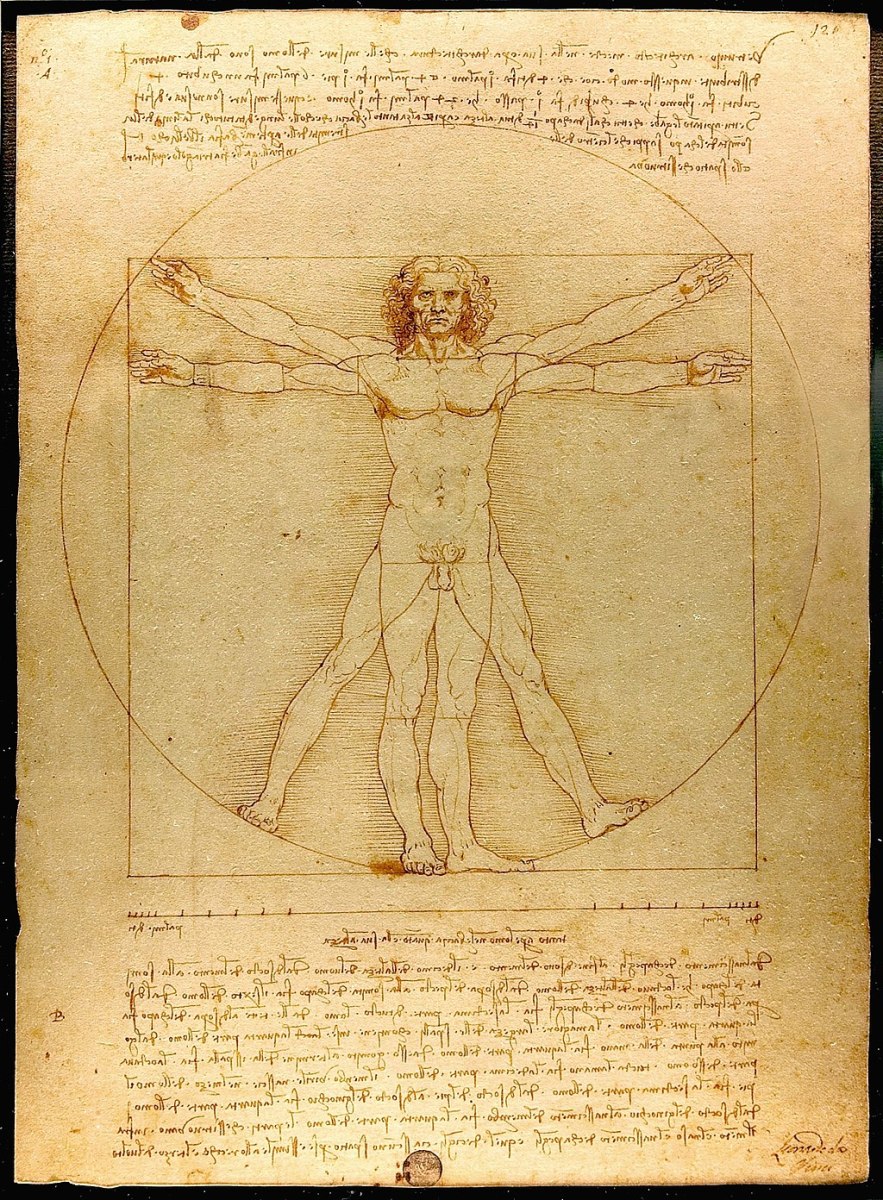Realities of A Zombie Apocalypse that Most Hollywood Movies Always Ignore But One TV Show Got Right
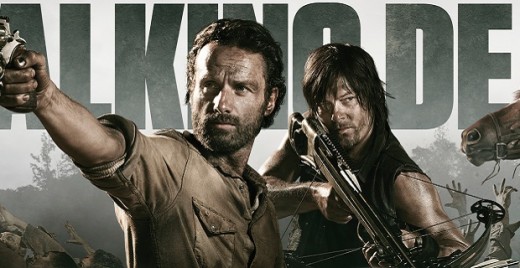
I like zombie movies. A lot. But when I heard they were making a zombie TV show I didn't think it would be good and I didn't think it would last. I also didn't watch it when it came on TV (in truth, I think I forgot about it completely). That is until I got a subscription to Netflix and started watching the first season, one episode right after the other. There were only six, but I was dying to know if there was going to be anymore. I'm happy to say, there was a lot more. I also noticed that since it was a TV show they were able to delve into things that the movies weren't. Some movies touched on certain topics, but it was simply too much ground to cover for a film to do it in 2 hours or less. But what they didn't accomplish, it seems The Walking Dead pulled off without a hitch.
1) The Stink
There are two basic reasons Hollywood zombie films don’t allow their characters to focus on the smells: budget and showing too much character weakness. It would be more realistic to have random dead bodies lying around or piles of shredding and burned corpses every few square feet being overrun with maggots and rodents, but that costs money. Movies don’t have an unlimited budget and realistic corpses don’t come free. Another thing is if you always have your multitalented protagonists unbelievably brave multimillion dollar hero reeling from the stench it makes them look weak.
Your sense of smell adjusts to the horrid stenches that surround you, take it from the characters of TWD, and history in general. People didn’t always possess Colgate, Irish Spring, and Degree, nor did we take showers once or multiple times a day. After a few days of constantly being tired and sweaty and hungry, the least of your worries would be whether or not the person next to you smells. However, there are overpowering scents that characters of TWD react accordingly to and on occasion they will vomit if the stench is too horrible, and they don’t seem weak for it, they seem real.
TWD also illustrates the fact even though cities were bombed in an attempt to
Quote
On this day, U.S. warplanes launch a new bombing offensive against Japan, dropping 2,000 tons of incendiary bombs on Tokyo over the course of the next 48 hours.
The human carnage was so great that the blood-red mists and stench of burning flesh that wafted up sickened the bomber pilots, forcing them to grab oxygen masks to keep from vomiting.
http://www.history.com/this-day-in-history/firebombing-of-tokyo
1) Vermin
The two main things that make most directors cringe when they find out they have to work with are kids and animals, and not necessarily in that order. You may not think of rodents as being in the same category as cats, dogs, and horses, but that doesn’t mean the American Humane Association sees things the way that you do. To us, the viewers, we see maybe 2 minutes of rats running across the screen during a film; to a director, that could’ve been anywhere from hours to an entire day dedicated to getting the shots they needed, keeping the rats safe under the watchful eye of their handlers, and keeping their possibly squeamish stars happy (and safe) in case they had to pretend to be within close distance of the rodents. It could be somewhat realistic to have rats running through the streets during the day over dead oozing bodies, but for the behind the scenes crew of a movie it could be a nightmare.
On TWD zombies are attracted to sounds and movements and tend to try to devour anything living, including vermin. Their zombies are obviously disease ridden since they’re the walking dead (no pun intended), but once they started eating rats (or in their case being fed rats) and coming into contact with humans they began to spread a plague-like infection. When a subplot this complex comes to the forefront it will only work on a TV show.
Quote
All scenes containing Brook’s crow were monitored by the American Humane Association. The American Humane Association objected to the feeding of a live maggot to the crow during a scene, as they considered it cruel to the maggot. A maggot that had died from natural causes was found to complete the scene.
http://www.shawshankredemption.net/movies/the-shawshank-redemption-facts.html
2) Hunger
Hollywood films are always too busy mapping out and illustrating the plan how the regular people are going to try and conquer the invading and destructive zombie masses rather than focusing minutes on how our protagonist is going to feed themselves. Five minutes in a movie is a precious commodity, as opposed to five minutes of one episode of television series. Hunger is (most times) simply used as a plot device to move the story along in other areas.
Not finding any food due to looting wouldn’t likely be the problem during a zombie apocalypse, but getting to the food and back to your safe haven with it without being eaten by the zombies would be the main problem, as illustrated on TWD. Finding untainted animals to eat along with growing your own food and finding edible plants and berries in the woods away from swarms of zombies in more populated areas is about the only way you’ll survive. Also as seen on TWD the risk you run with eating animals is that they’ll be infected with something or another and you’ll just end up tossing them off the back of a truck to a swarm of zombies in the end. Reality is it would always come down to food, and your best bet is going to adopt a vegan diet because at least you wouldn’t have to fight the undead over peaches and sunflower seeds.
Quote
A consistent observation of the early studies was that instances of looting in the disasters examined (few of which occurred in metropolitan areas) were nonexistent or numerically very rare. This contrasted with a parallel observation that stories about looting were widespread in mass media accounts and among affected populations (58% reported hearing such stories and 6% thought they had been looted in the Arkansas disaster—a finding repeated over and over again in other studies).
http://www.colorado.edu/hazards/o/archives/2007/mar07/
3) Sanitation
Movie makers don’t really have time to expound on the lack of sanitation during a zombie apocalypse because they have a limited amount of time to build the viewers’ relationship with the characters and their survival situation. If you watch a movie where the main characters are constantly worried about staying clean or catching regular infections while there are zombies running behind them every step of the way you’d think they were nuts. Though most of the time the outbreak happens because of some carelessness in the sanitation department, that particular issue becomes a nonentity in a major motion picture.
TWD shows the characters constantly shown washing their clothes in nearby creeks and rivers, struggling to find clean water sources that haven’t been tainted by the undead, and trying to keep their living quarters as clean and orderly as they can in the midst of all their other struggles. It shows more of what normal people would be going through during a zombie apocalypse. There wouldn’t be any going into abandoned shops and homes and finding clean clothes because even a few weeks after an outbreak of that kind most of the stores would’ve fallen from having been looted so violently. And let’s not forget they’re always in search of antibiotics.
5) PTSD
Movies have to establish their leads as the ultimate bad asses, at the tippy top of the top of the food chain, therefore if your characters have a breakdown you better damn sure give them a good reason. One of the main jobs of screenwriters and directors who take on zombie apocalypse films is they have to a short amount of time to convince their audience why their protagonist(s) have made it as far as they have as opposed to the majority of the rest of the planet. Post traumatic stress syndrome rarely has a place in a big budget zombie flick unless you’re the lead in I Am Legend, you believe you’re the last man on earth, you just had to kill your dead daughter’s dog which was your only living companion for the last three years, and there are vampire/zombie-esque creatures that stalk you every night--anything short of that you’re not allowed to have a breakdown and that’s just the bottom line. The last thing you want is for your characters to come off as whiny no matter how desperate their situation seems.
Your next door neighbor more than likely isn’t used to seeing dead bodies in piles beside his workplace nor is he probably accustomed to seeing people killed right in front of his face every single day. TWD tells a more accurate (‘more accurate’ definitely doesn’t mean ‘completely true’ in this case) story of what would be happening to you and your neighbors if there was some sort of zombie outbreak. Rick Grimes and his crew weren’t extraordinarily gifted super confident big people on campus types before the zombies began to roam and they didn’t transform into that afterward--and neither would you or your neighbor. The characters on TWD constantly break down in tears, mentally break down, and even contemplate suicide in those dark days. Only an insane person wouldn’t.
Quote
PTSD develops after a terrifying ordeal that involved physical harm or the threat of physical harm. The person who develops PTSD may have been the one who was harmed, the harm may have happened to a loved one, or the person may have witnessed a harmful event that happened to loved ones or strangers.
http://www.nimh.nih.gov/health/topics/post-traumatic-stress-disorder-ptsd/index.shtml?utm_campaign=Social%20%2BMedia&utm_source=Twitter&utm_medium=Main%2BTwitter%2BFeed
4) The Fall of Humanity (…by other regular humans)
It’s never a bunch of cutthroat desensitized scumbags who survive in movies, but it’s a group that still cares about people and continues to dream of a time of peace. When one of the group turn on anyone he’ll be killed before the end of the film and the good of all that remains will prevail by the time the credits rolled. Take Dawn of the Dead for example. The douchebag guy that was always so condescending to everyone and who was always so selfish eventually got his in the end. Same for Land of the Dead. It was always the good guys against the bad guys, and then there are the zombies coming after all of them.
Realistically, and TWD portrays this well, it would be mainly sociopaths or those who adopt sociopathic tendencies would be the ones to come out on top and thrive in a post zombie apocalyptic world. The more willing someone would be to open their hearts to someone and share, the more likely it is they’d get shot in the head and have all of their survival gear taken away from them.
Quote
“[They have] no conscience, believe in nothing beyond their own selfish, greedy, and narcissistic self-interests. They are the ones who succeed in amassing great wealth and power because they use the rest of humanity as their disposable serfs…What sets them apart from many people is their high intelligence, a ruthless ability to use others for their own purposes, and a talent to fake sincerity and friendship. Sociopaths are often great leaders and control freaks. Most people are easily duped by these unconscionable charlatans of the highest magnitude. While sociopaths may only constitute at most 5% of the total population, they have perfected the art of wholly manipulating the other 95% of us...”
http://copiosis.com/what-about-sociopaths/
5) More Realistic Outbreaks
There have been explanations by way of toxic spills, even some random person eating a bad burger at a convenience store, but most of the most popular ones have never come close to giving a reason why they turn into cannibals. They give reasons that would make people severely ill rather than reasons why they would want to eat people.
The plague that undid the human race on TWD was due to a strain of meningitis that shut the brain down, but then somehow remained in the person’s system, reigniting some of their basic movements after the initial shutdown of all of their organs along with some desire to seek sustenance from other living creatures. The part of the brain that made the person who they were before would be completely dead and would only leave a snarling “hungry” shell behind. Again, cannibalism is always an awful stretch, but the basic horror behind the reanimation of the dead is the fear of loved ones along with other regular people who aren’t acting like people at all, hell bent on killing you. For some people, there would be nothing scarier.
Quote
Meningitis is a disease caused by the inflammation of the protective membranes covering the brain and spinal cord known as the meninges. The inflammation is usually caused by an infection of the fluid surrounding the brain and spinal cord.
Meningitis may develop in response to a number of causes, usually bacteria or viruses, but meningitis can also be caused by physical injury, cancer or certain drugs.
The severity of illness and the treatment for meningitis differ depending on the cause. Thus, it is important to know the specific cause of meningitis.
http://www.cdc.gov/meningitis/index.html
6) Kids
The harsh truth is kids just get in the way when it comes to most big screen zombie flick. Things are already precarious with adults running for their lives and having to watch their own backs, and dragging kids along would just be a burden and a nuisance for the screenwriter to incorporate into the plot without possibly dragging the entire story down. Very few zombie movies have kids as a major presence for more than a few minutes because it’s just too much of a hassle. Does the kid in Zombieland even count? Technically she wasn’t really a little kid and we didn’t really see her running from zombies until the very end of the movie (she didn’t even really come in until practically the middle of the movie). Another thing about movies and kids is that you don’t actually get to see how the zombie world would affect them in the long run. All you really see is how the adults cope with what’s going on around them and how things have changed for them.
The brilliant thing about TWD is that it has pretty much touched on everything imaginable, and having children being raised in a post zombie apocalyptic world was one of the important ones. Carl, one of the main characters since season one, has literally grown up before our eyes on the show, and so has his character. When the show began he was a regular kid, around nine years old, that went to school and cried and ate peanut butter sandwiches his mother made for him. Now? Carl has been shot, is a marksman who’s put down countless zombies, he’s watched his mom die from a crude caesarean section subsequently shooting her in the head before she became one of the walking undead, and he’s even killed a regular human kid in cold blood to prevent any possible threats to their group. As with most of the character on that show, the change in him showed gradually over the past four seasons after dealing with so much tragedy.
7) Everybody has perfect aim
Nearly everyone knows how to shoot a gun in a zombie apocalypse film. And not just shoot it, but they’re practically marksmen, always getting the zombie in the head no matter how fast they’re moving or how quickly the zombie is coming after them. That’s one of the reasons they always like to have an ex-military trained character and/or an avid hunter there, because that takes your focus off the nurse, car salesman or housewife who’s learned how to shoot perfectly without any real training. We’re just supposed to believe that he or she learned how to shoot by osmosis after being in the vicinity of the trained character for so long.
Most of the characters on TWD barely knew how to handle any weapons during their first season which made sense since the bulk of them were just regular blue (or white) collar working people. Any character who is wielding their weapons perfectly during seasons three or four had earned it and we’ve seen them practicing the hone their skills over that time.
Quote
It's true that the handgun is the most difficult of firearms to shoot well. There's less to hang on to. There's a shorter radius between the front and rear sight than with a rifle, meaning a greater unnoticed human error factor in aiming. You don't have that third locking point on the shoulder that you have with a long gun's butt stock.
And few handguns have the inherent mechanical accuracy of a good rifle.]It's true that the handgun is the most difficult of firearms to shoot well. There's less to hang on to. There's a shorter radius between the front and rear sight than with a rifle, meaning a greater unnoticed human error factor in aiming. You don't have that third locking point on the shoulder that you have with a long gun's butt stock.
And few handguns have the inherent mechanical accuracy of a good rifle.
http://www.backwoodshome.com/articles2/ayoob85.html
Quote
You have to teach yourself how to hold the pistol really still - I mean reeeaaaaaaallllly still.
You have to learn to focus exclusively on your front sight while maintaining perfect sight alignment
You have to teach yourself how to press the trigger without ANY sympathetic tightening of your grip fingers or tensing of the hand.
Later!
http://www.ocshooters.com/Hand/buyingyourfirstgun.htm

